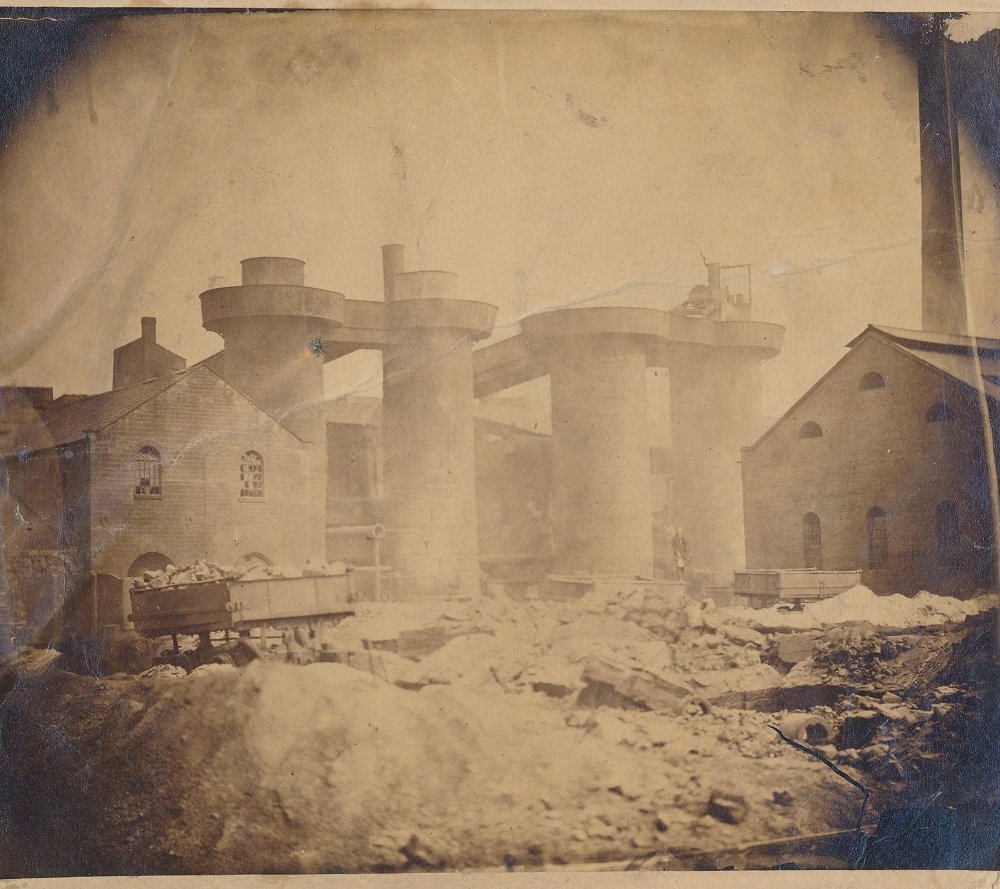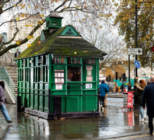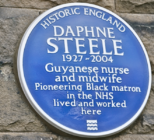Recent research carried out by Historic England brought to light the village’s significance as an international centre of industry and innovation in the late 18th and 19th century.
Elsecar, built by the Earls Fitzwilliam from the late 1700s, was home to sizeable coalmines and ironworks – all in in close proximity to the Fitzwilliam’s vast Wentworth Woodhouse country estate.

The 16 changes in protected status would not have been prompted without the work undertaken as part of the Elsecar Heritage Action Zone, a three-year partnership project between Historic England and Barnsley Museums.
What's changed?
The sites, including six that have not previously been the subject of any listing, are now designated as follows:
- The former Elsecar Ironworks (Scheduled Monument)
- Building 1, former Elsecar Ironworks casting shed (Grade II*)
- Building 2 & 3 and boundary wall, former Elsecar Ironworks entry range (upgraded to Grade II*)
- Housing at the former Elsecar Ironworks, 2 and 4 Forge Lane (upgraded to Grade II*)
- Buildings 4-7, stores at former Elsecar Central Workshops (upgraded to Grade II*)
- Buildings 8-12, former workshops, offices and warehousing at the former Elsecar Central Workshops (upgraded to Grade II*)
- Buildings 13-14, former railway station, offices, housing and gate piers at Elsecar Central Workshops – Amend list (upgraded to Grade II*)
- Building 17, former fitting shop at Elsecar Central Workshops (upgraded to Grade II*)
- Building 19, former workshop at Elsecar Ironworks (upgraded to Grade II*)
- Buildings 20a and 21, former rolling mill at Elsecar Ironworks, including two halved colliery pit wheels (upgraded to Grade II*)
- Building 22, former Joiner’s Shop, including chimney and rebuilt boiler (upgraded to Grade II*)
- The former Elsecar New Colliery, including the Elsecar Newcomen Engine (Footprint of Scheduled Monument expanded)
- Former Cornish pumping engine house at Hemingfield Colliery (Grade II*)
- Hemingfield Colliery (Scheduled Monument)
- Elsecar Holy Trinity CE Primary Academy and School Master’s House (Grade II)
- 12 to 15 Skiers Hall Cottages (Grade II)
“What is remarkable about Elsecar is that so much of its rich industrial heritage survives today. Not only can we see many of the remains of its collieries and ironworks but also the community that was built around it – the school, the workers cottages and the church,” notes Debbie Mays, head of listing at Historic England.
“These new listings will both help to raise the profile of Elsecar’s significance and also protect its rich heritage for future generations.”
Cllr Sir Stephen Houghton CBE, leader of Barnsley Council, says the recognition is evidence of “just how important the heritage at Elsecar is” and will hopefully help attract even more visitors than the half-a-million people who travel to the South Yorkshire village each year.










